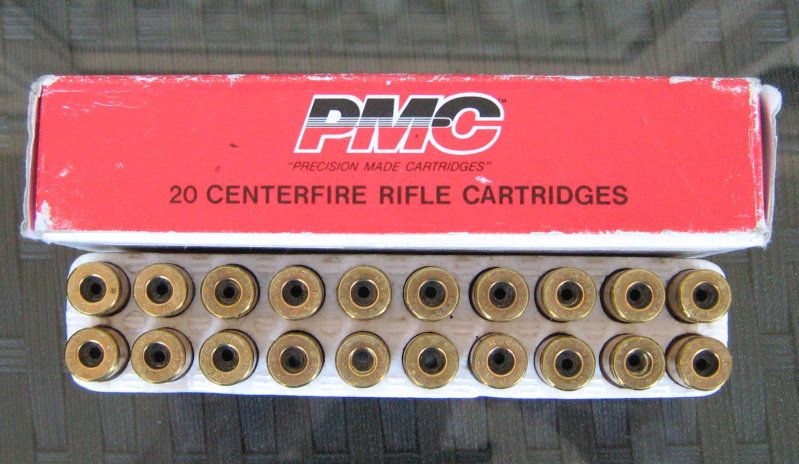I wonder at times what is /are the most important of the variables contributable by us, our components and our tools.
i.e. that which would contribute most to a bad group.
In the first instance, the components come to mind, and the gear used;
brass
projectile
primer
powder
press, dies
then if you think a bit further, we fiddle with seating depth, powder charge, etc
and even with neck reaming, case length, case weight variance, bullet weight variance, concentricity etc
Some of it I would say is 'standard' reloading procedure,
i.e.
good, consistent components
optimal seating depth
and powder charge
and then there is the brass,
quite a lot of potential for variance here, in;
weight
length
neck material thickness
primer pocket
flash hole
headspacing on neck or rim
I don't neck ream or check for concentricity, I rely on the quality of what I'm using.
I'm happy with my procedures for brass preparation and loading.
Today, I was looking at an old box of PMC .222 that I have reloaded a few times, but I can't remember how successful the loads were.
Bought as bulk 'surplus' some time ago in 55grSP factory.
I noticed that half the flash holes were off centre ?
Made me stop and think how much that would have contributed to a bad group or two ?
Bottom row mostly;
-

-
cheers,
SS